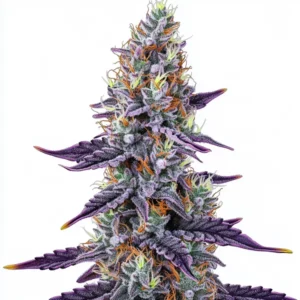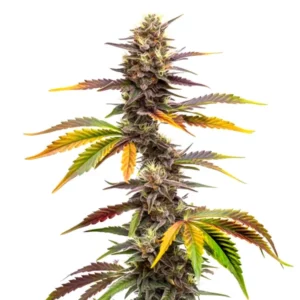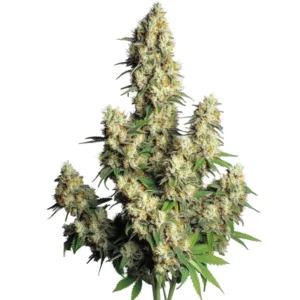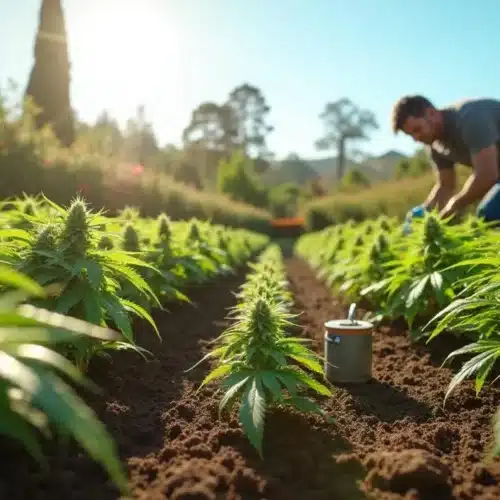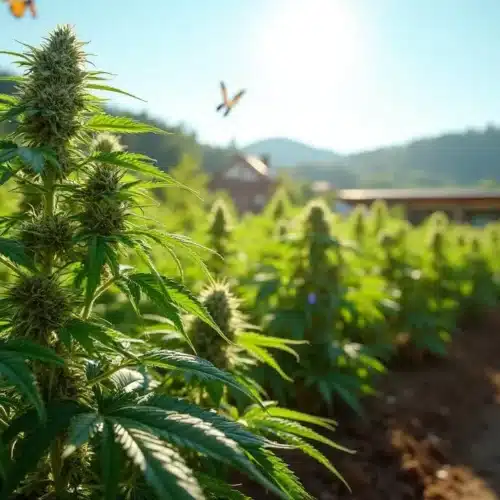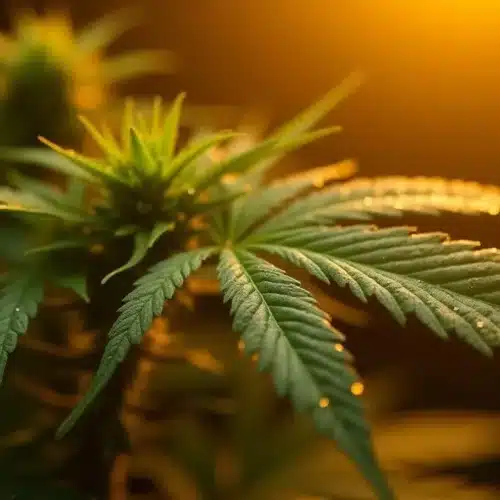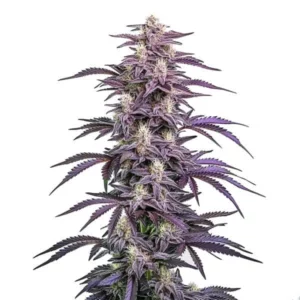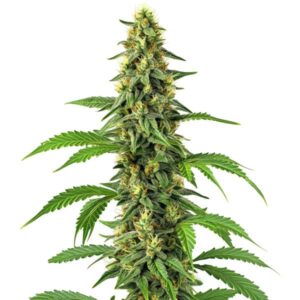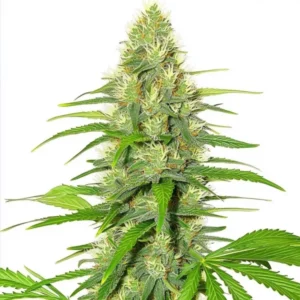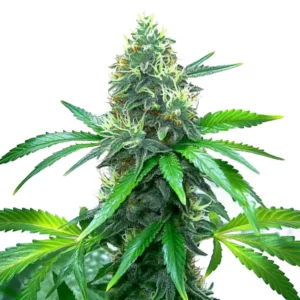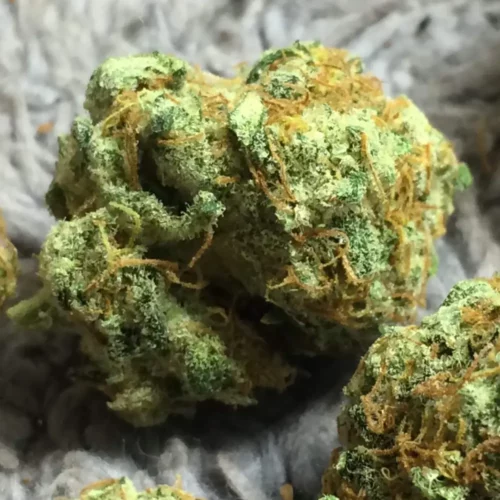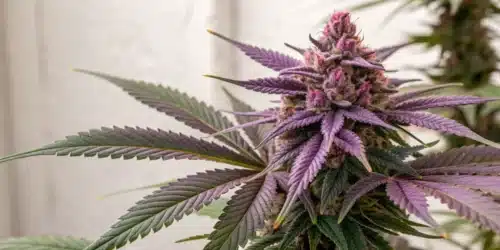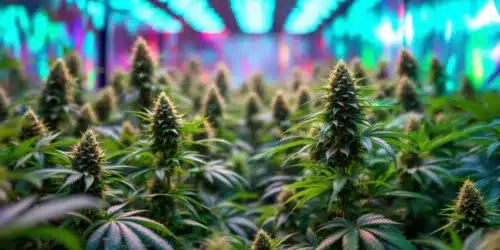The process of phytoremediation utilizes plants to decontaminate soil, water, and air from harmful pollutants. The phytoremediation process in cannabis cultivation plays a significant role in maintaining a sustainable and healthy growing environment. This process involves the use of cannabis plants to absorb, detoxify, or immobilize environmental toxins in a growth medium. Cannabis is particularly effective in this process due to its deep root system, fast growth, and high biomass, which allow it to absorb pollutants efficiently.
Cannabis phytoremediation of polluted soil can help to reduce the impact of harmful pollutants on cannabis plant health and yield. However, it is important to note that this process requires careful management to ensure that the absorbed pollutants do not impact the quality and safety of the cannabis crop.
How Phytoremediation Influences Cannabis Plant Health and Yield
Phytoremediation has a significant impact on cannabis plant health and yield. By absorbing and breaking down harmful pollutants in the soil, cannabis plants can create a healthier growing environment. This can result in greater plant health and yield, as the plants are not competing with pollutants for nutrients and water. It’s a win-win for both the environment and the cannabis grower.
However, certain factors can influence the effectiveness of phytoremediation in cannabis. These include the type and concentration of pollutants in the soil, the genetic makeup of the cannabis plant, and the growing conditions. For instance, cannabis strains like BC Diesel and Mamba Negra available at blimburnseeds.com are known for their robust growth and resilience, making them ideal for phytoremediation purposes.
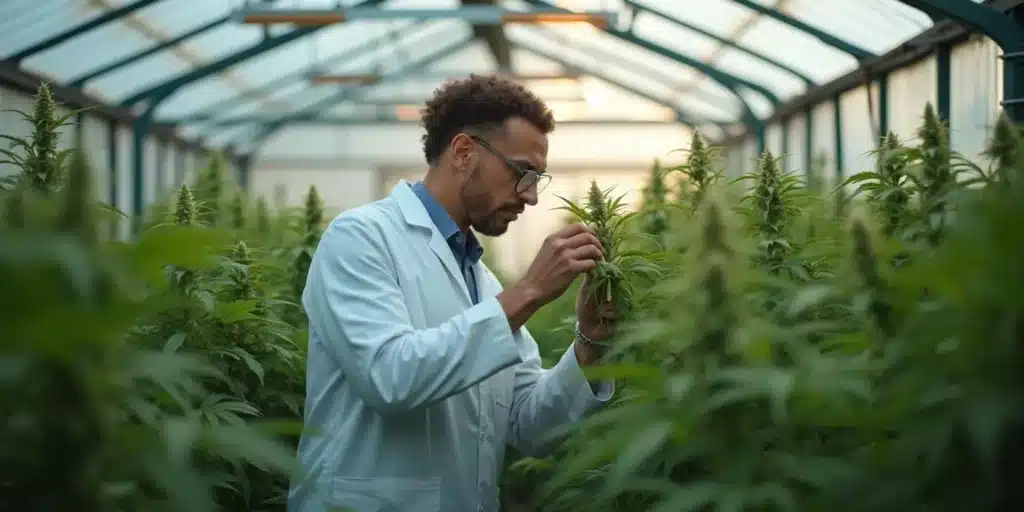
Promos & Deals
Implementing Phytoremediation Strategies in Cannabis Farming
Implementing effective phytoremediation strategies in cannabis farming involves several steps. First, it’s important to identify and understand the type and level of pollutants in the soil. This can be done through soil testing. Once the pollutants are identified, appropriate cannabis strains can be selected for remediation. The plants are then cultivated in the polluted soil, where they absorb and break down the pollutants over time.
It’s important to regularly monitor the soil and plants during the phytoremediation process to ensure that the pollutants are being effectively absorbed and broken down. This can be done through soil and plant testing. Once the phytoremediation process is complete, the soil should be healthier and more conducive to growing cannabis.
The Science Behind Phytoremediation in Cannabis Growth
The science behind phytoremediation in cannabis growth is quite fascinating. Cannabis plants have a unique ability to absorb and break down a wide range of pollutants, including heavy metals, pesticides, and other organic compounds. This is primarily due to the fact that cannabis plants have a high biomass and a deep root system, which allows them to absorb pollutants efficiently.
The process of phytoremediation involves the use of living green plants to improve soil quality and revitalize contaminated sites. When used in cannabis cultivation, phytoremediation can help to create a healthier and more sustainable growing environment. However, it’s important to note that phytoremediation is a slow process and it may take several growing seasons to fully decontaminate a polluted site.
The Impact of Phytoremediation on Cannabis Quality and Safety
Phytoremediation can have a significant impact on the quality and safety of cannabis crops. By absorbing and breaking down harmful pollutants in the soil, cannabis plants can help to create a cleaner and healthier growing environment. This can lead to the production of higher quality cannabis crops that are safer for consumption.
However, it’s important to ensure that the absorbed pollutants do not accumulate in the cannabis plants, as this could potentially impact the safety of the cannabis crop. To prevent this, it’s crucial to select cannabis strains that are known for their ability to break down pollutants rather than simply storing them. For instance, Orient Automatic strain available at blimburnseeds.com is known for its ability to break down a wide range of pollutants.
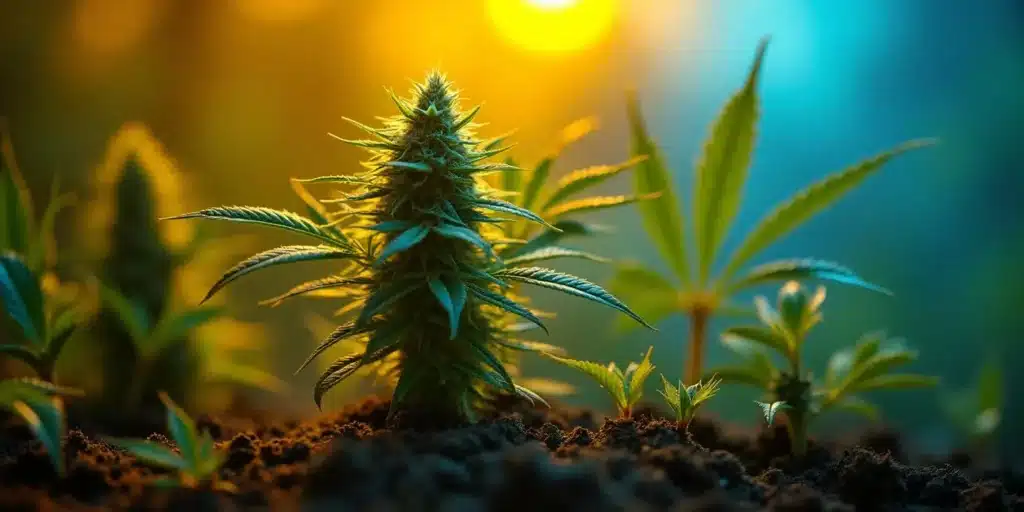
Practical Steps to Incorporate Phytoremediation into Cannabis Production
Incorporating phytoremediation into cannabis production involves several practical steps. First, it’s important to conduct a thorough soil test to identify the type and level of pollutants in the soil. Once the pollutants are identified, appropriate cannabis strains can be selected for remediation.
Next, the selected cannabis plants should be cultivated in the polluted soil. It’s important to regularly monitor the soil and plants during the phytoremediation process to ensure that the pollutants are being effectively absorbed and broken down. Once the phytoremediation process is complete, the soil should be healthier and more conducive to growing cannabis.
Harnessing the Power of Phytoremediation in Cannabis Farming
Phytoremediation can be a powerful tool in cannabis farming, helping to create a healthier and more sustainable growing environment. By absorbing and breaking down harmful pollutants in the soil, cannabis plants can help to improve soil quality and revitalise contaminated sites.
However, it’s important to remember that phytoremediation is a slow process and it may take several growing seasons to fully decontaminate a polluted site. Therefore, patience and regular monitoring are key to successfully harnessing the power of phytoremediation in cannabis farming.
Implications of Phytoremediation on Cannabis Crop Sustainability
Phytoremediation can have significant implications for cannabis crop sustainability. By improving soil quality and revitalising contaminated sites, phytoremediation can help to create a more sustainable growing environment for cannabis crops. This can lead to higher yields and better quality cannabis, which can in turn lead to higher profits for cannabis growers.
Furthermore, phytoremediation can help to reduce the environmental impact of cannabis cultivation. By absorbing and breaking down harmful pollutants in the soil, cannabis plants can help to reduce soil pollution and contribute to environmental sustainability.
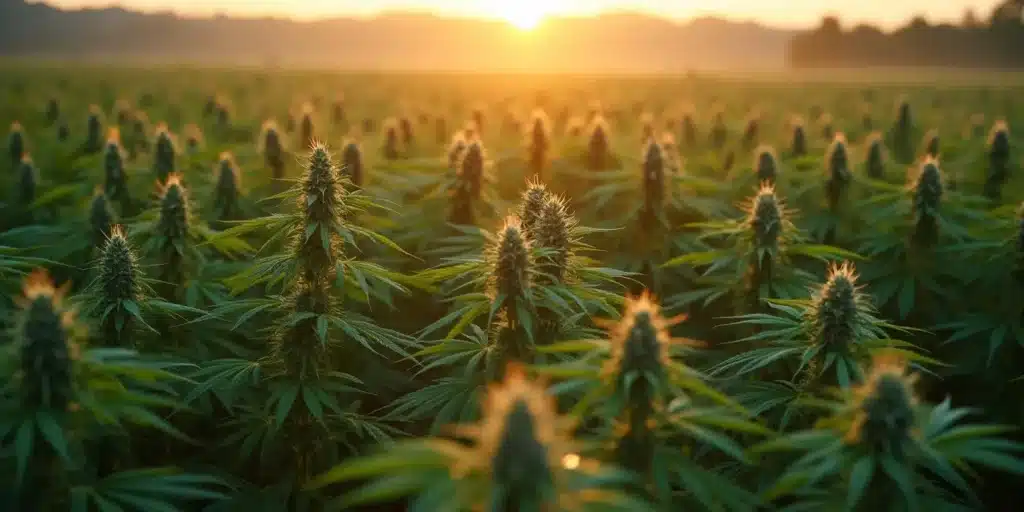
Phytoremediation Techniques: A Guide for Cannabis Growers
There are several phytoremediation techniques that can be used in cannabis cultivation. These include phytoextraction, where plants absorb pollutants from the soil through their roots; phytostabilization, where plants immobilize pollutants in the soil; phytodegradation, where plants break down pollutants in the soil; and rhizofiltration, where plants absorb pollutants from water through their roots.
The choice of phytoremediation technique depends on the type and level of pollutants in the soil, the desired outcome of the phytoremediation process, and the specific characteristics of the cannabis strain being used. For instance, cannabis strains with a high biomass and a deep root system, such as Wombat available at blimburnseeds.com, are particularly effective for phytoextraction and rhizofiltration techniques.
Frequently Asked Questions
What is phytoremediation in cannabis?
Phytoremediation in cannabis refers to the process of using cannabis plants to absorb, detoxify, or immobilize environmental toxins in a growth medium. This process can help to improve soil quality and revitalize contaminated sites, creating a healthier and more sustainable environment for cannabis cultivation.
Cannabis is particularly effective in phytoremediation due to its deep root system, fast growth, and high biomass, which allow it to absorb pollutants efficiently. However, it’s important to select cannabis strains that are known for their ability to break down pollutants rather than simply storing them.
How does phytoremediation improve cannabis plant health and yield?
Phytoremediation can have a significant impact on cannabis plant health and yield. By absorbing and breaking down harmful pollutants in the soil, cannabis plants can create a healthier growing environment. This can result in greater plant health and yield, as the plants are not competing with pollutants for nutrients and water.
However, the effectiveness of phytoremediation in cannabis can be influenced by several factors, including the type and concentration of pollutants in the soil, the genetic makeup of the cannabis plant, and the growing conditions.
How can I implement phytoremediation strategies in my cannabis farm?
Implementing effective phytoremediation strategies in cannabis farming involves several steps. First, it’s important to conduct a thorough soil test to identify the type and level of pollutants in the soil. Once the pollutants are identified, appropriate cannabis strains can be selected for remediation.
Next, the selected cannabis plants should be cultivated in the polluted soil. It’s important to regularly monitor the soil and plants during the phytoremediation process to ensure that the pollutants are being effectively absorbed and broken down. Once the phytoremediation process is complete, the soil should be healthier and more conducive to growing cannabis.
What impact does phytoremediation have on cannabis quality and safety?
Phytoremediation can have a significant impact on the quality and safety of cannabis crops. By absorbing and breaking down harmful pollutants in the soil, cannabis plants can help to create a cleaner and healthier growing environment. This can lead to the production of higher quality cannabis crops that are safer for consumption.
However, it’s important to ensure that the absorbed pollutants do not accumulate in the cannabis plants, as this could potentially impact the safety of the cannabis crop. To prevent this, it’s crucial to select cannabis strains that are known for their ability to break down pollutants rather than simply storing them.
Can phytoremediation contribute to cannabis crop sustainability?
Yes, phytoremediation can contribute significantly to cannabis crop sustainability. By improving soil quality and revitalizing contaminated sites, phytoremediation can help to create a more sustainable growing environment for cannabis crops. This can lead to higher yields and better quality cannabis, which can in turn lead to higher profits for cannabis growers.
Furthermore, phytoremediation can help to reduce the environmental impact of cannabis cultivation. By absorbing and breaking down harmful pollutants in the soil, cannabis plants can help to reduce soil pollution and contribute to environmental sustainability.

